Introduction:
In shuttle weaving, a quill or pirn is a filling bobbin placed inside the shuttle. Pirn winding machine is use mainly in weaving factory. Through the eye of the shuttle, the filling yarn is unwound from the quill or pirn as the shuttle travels back and forth across the width of the shuttle loom. The yarn on the quill or pirn is tapered at one end, so that yarn withdrawal occurs continuously without entanglement. Quill winding differs from regular winding. A large package of yarn is transferred to a smaller quill during quilling. There is no yarn clearing zone because yarn inspection is not part of the process. Because of the different geometry of the quill, the traverse mechanism is also different. The traverse here does not traverse the package back and forth. At one time, it builds yarn only on one part of the package. As a result, quill building is somewhat similar to building a bobbin on a ring spinning frame. Slough-off is reduced with this type of winding, as it reduces ballooning effects, maintains uniform tension, and reduces ballooning effects.
Winding quills or pirns is made possible by machines called “Quillers” or “pirn winding machines”. A quill or pirn filling machine operates automatically, which means that when the quill or pirn is full it is doffed and an empty quill is automatically placed on the spindle when the filled quill is doffed. The quill winding process is also disappearing with the elimination of shuttle looms as well as the process of looming.
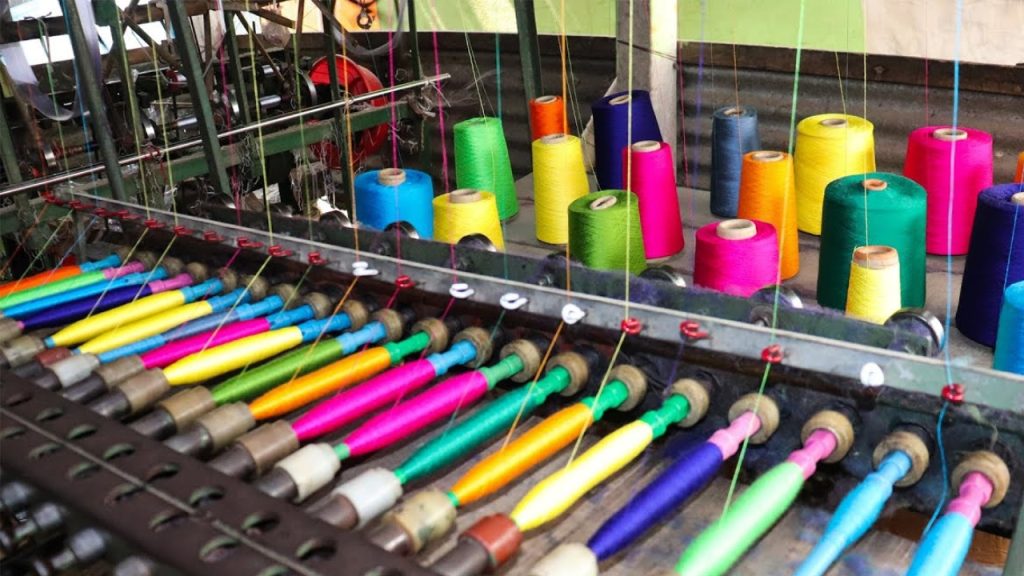
Objectives of Quill or Pirn Winding Machine:
- In a quill or pirn yarn winding machine, yarn is wound onto quills efficiently and at a consistent and optimal speed in order to achieve high productivity.
- During the winding process, the quill yarn winding machine maintains a constant tension on the yarn. It is critical to maintain a consistent tension for wound yarn packages, so it includes tensioning devices or mechanisms to ensure that the tension remains within the desired range.
- As part of the winding process, the machine aims to preserve the quality of the yarn. It should minimize yarn breakage, tangling, or other forms of damage that could occur. The machine ensures the integrity of the yarn during subsequent textile processes by handling it carefully.
- A quill or pirn yarn winding machine can handle different types of yarn, including fiber compositions, thicknesses, and textures. The machine should be adjustable or adaptable to accommodate different yarn characteristics.
Schematic of Quill or Pirn Winding Machine:
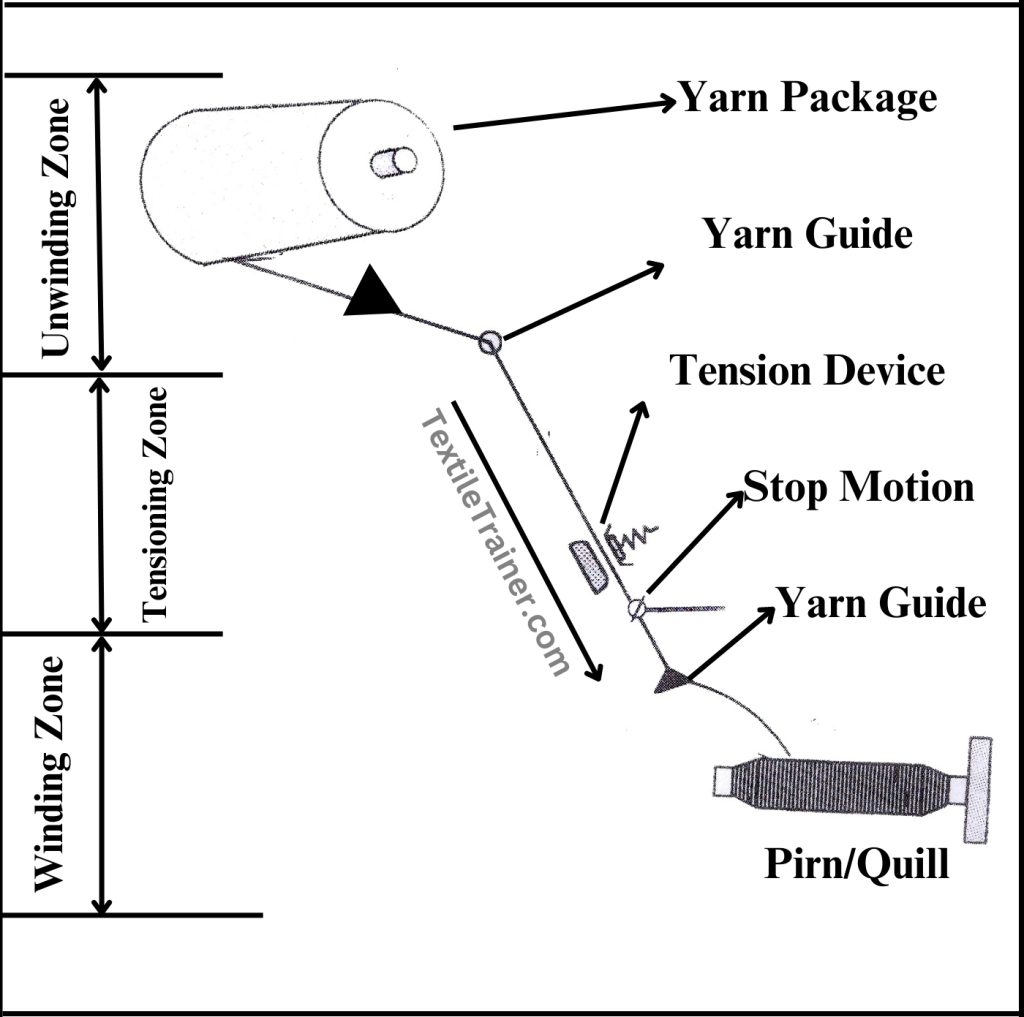
Working Principle of Quill or Pirn Winding Machine:
- A pirn winding machine feeds large packages at the unwinding zone. The large packages supply the yarn used in the production of pirn bobbins. In the creel, the yarn package is held in an optimal position. The yarn is then passed through the yarn guide. The yarn guide ensures accurate and smooth winding of the yarn onto the quill by aligning and positioning it properly.
- The yarn is now passed through the tension device. During the winding process, a tension device controls and regulates the tension of the yarn. This ensures that the yarn is under constant tension while being wound onto the quill or any other packaging. In order to achieve uniform winding and prevent yarn breakage, snarls, or uneven package formation, maintaining proper tension is crucial.
- The yarn is then passed through a stop motion as a next step. The purpose of the stop motion is to stop winding if the yarn breaks or runs out. Stop motions vary from machine to machine. When the yarn is present, a counter-weighted or spring-loaded sensing device holds inactive, causing the sensing device to activate. If this restraining yarn breaks or runs out, it becomes inactive and the sensing device becomes active. Without mechanical contact, electronic stop motions detect the yarn.
- The yarn is now passed through the guide. As soon as yarn has passed through the guide, it goes to the traversing mechanism region.
- As mentioned previously, the quill winding machine is equipped with a traverse mechanism, which moves the quill back and forth horizontally while a yarn is being wound. The traverse mechanism prevents excessive yarn build-up in one area of the quill by creating a uniform distribution of yarn across the quill.
- A quill holder or spindle is set up with empty quills placed in it. The machine is then ready to use.
- When the desired amount of yarn has been wound onto the quill, or when the quill has reached its maximum capacity, the machine automatically stops, and the yarn is then cut, and the quill is removed from the machine.
- As soon as the full quill is removed, an empty quill is placed in the quill holder, and the process can be repeated again.
Conclusion:
Quill or pirn yarn Winding Machines offer numerous benefits to the textile industry and improve yarn winding efficiency. Our analysis has highlighted the features and advantages of the Quill machine, emphasizing its ability to enhance productivity, ensure quality, and streamline operations. Quill Yarn Winding Machines can handle a wide range of yarn types with flexibility and versatility. Manufacturers can adapt this machine to different production requirements by adjusting the tension settings and customizing the winding patterns. With this adaptability, the machine’s utility and application ranges across a wide range of textile industries.
Reference:
- Adanur, S. (2001). Handbook of weaving. Boca Raton: CRC press.
- Belal, P. D. (2016). Understanding Textiles for a Merchandiser. Dhaka: LB Graphics & Printing.
- V. Gordeev, P. V. (1982). Cotton Weaving. Russia: Mir Publishers Moscow.
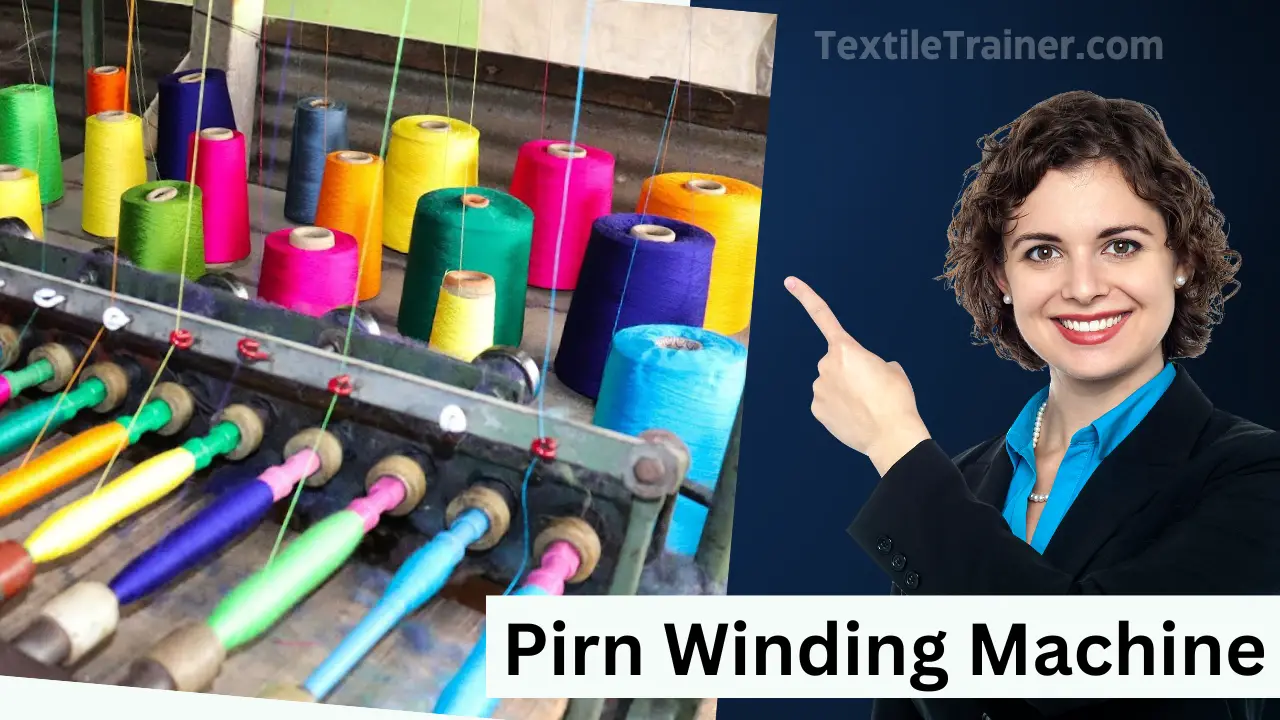
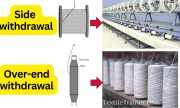

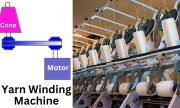
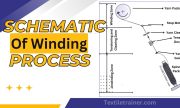
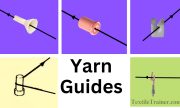
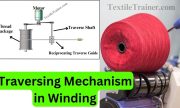
3 thoughts on “Working Principle and Schematic Diagram of Quill or Pirn Winding Machine: The Backbone of Efficiency”